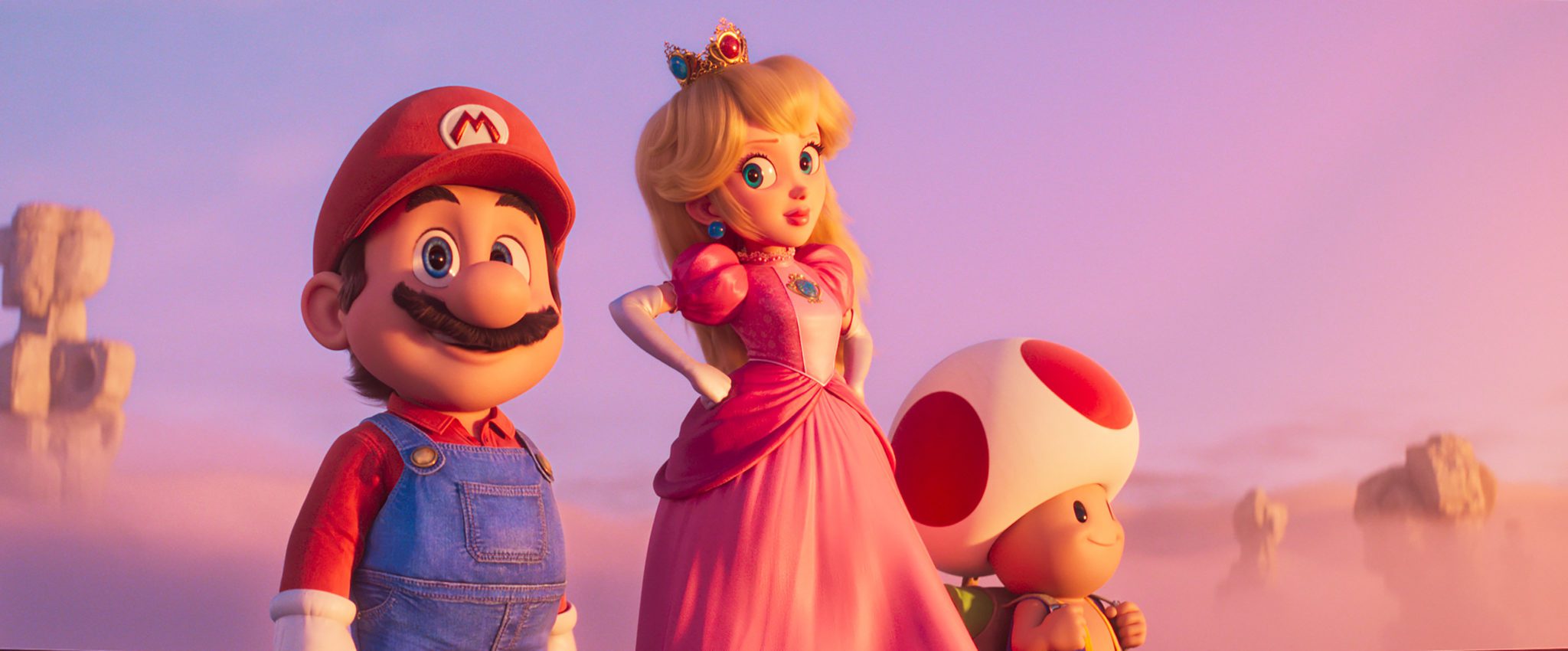Does the world still need Indiana Jones?
That’s the question that lies at the heart of the latest (and final) installment of the iconic film franchise. And it’s a question of bears asking.
Directed by James Mangold, Indiana Jones and the Dial of Destiny begins in the final days of World War II as the iconic hero is hot on the trail of another artifact that ‘belongs in a museum’. Along the way, he discovers (and loses) the Dial of Archimedes, a valuable piece that is believed to have the ability to bend time itself. Twenty-five years later, he is approached by the daughter of an old friend (Phoebe Waller-Bridge) who believes that the Dial may not be gone forever after all. But, when old friends re-emerge, old foes are never far behind.
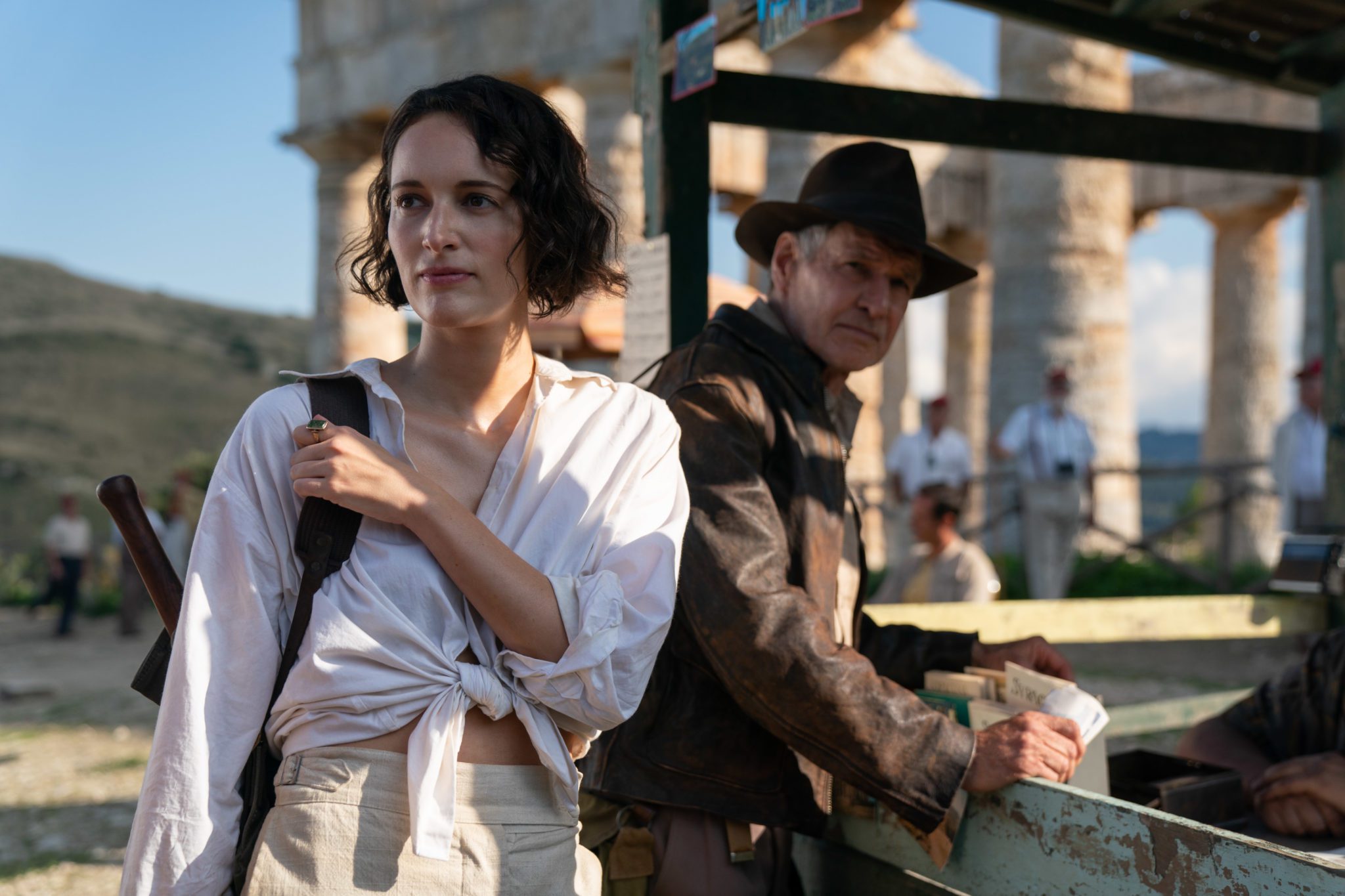
As the first film of the franchise that Spielberg opted not to direct, Dial of Destiny certainly carries a different tone from the rest of the series. But it’s possible that this may have been the best decision. Over the years, Mangold has carved out his own unique corner of the film community. Successful films such as Wolverine, Ford vs. Ferrari and 3:10 to Yuma have established him as a credible director for male-dominated stories. Further, the strong reception to Logan proved that he has the ability to take iconic characters and lead them off into the emotional sunset. As a result, Mangold may have been able to make a film that Spielberg couldn’t do.
Unlike other Spielberg films, Dial of Destiny keeps a firm eye on Indy’s past but resists the temptation to drown itself in nostalgia. There are no appearances by the Ark of the Covenant, Holy Grail or lead-lined refrigerators. Although previous adventures are mentioned in passing, they’re never made central. This allows Dial of Destiny to become its own story and deep dive into the psychology of the aging archeologist.
What will surely divide fans though is that the ‘spirit of adventure’ in this film doesn’t stem from Indy himself. Although there are moments of twinkle in his eyes, Jones is no longer ‘giddy as a school boy’. Instead, that baton is been passed to Phoebe Waller-Bridge, who appears for the first time as Jones’ goddaughter, Helena Shaw. With a style reminiscent of younger Ford, Waller-Bridge takes up the mantle of adventurer and brings the most energy and enthusiasm to the film.
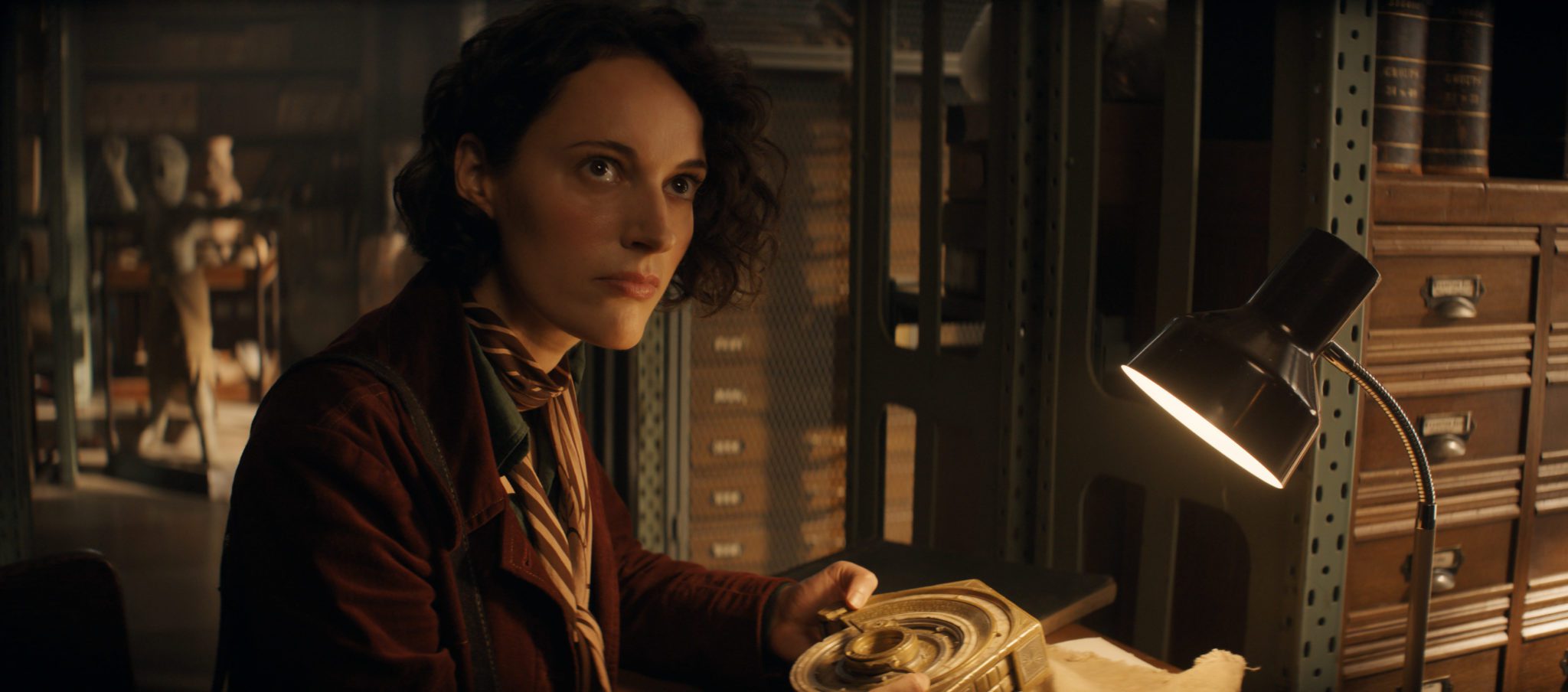
Instead, this version of Indy is far more heavily burdened by his past that we have seen him before. Having dealt with personal struggles and losses, Indy truly believes that his days of adventuring are over (even if those around him are not so sure). Jones almost wishes that the world would forget him, allowing him peace and quiet. This depiction of Jones may seem jarring to some fans who expect him to be swinging from rooftops. Instead, Mangold lets Jones (and Ford himself) grow old more gracefully. Yes, he’s still got a fire that burns with him and yes, he can still do some stunts. However, the film allows him to not have to force himself to be the one that drives the narrative this time around.
Which brings us back to our initial question: Does the world still need Indiana Jones?
Admittedly, there may be many who are say no. With a franchise that hit its climax in 1989, there were few people clamoring for fifth entry. However, Dial of Destiny acknowledges Dr. Jones’ his place in cinema history (as well as its own cinematic history). Looking back upon his life, Jones recognizes his flaws as well as the ways that the world around him has changed with time.
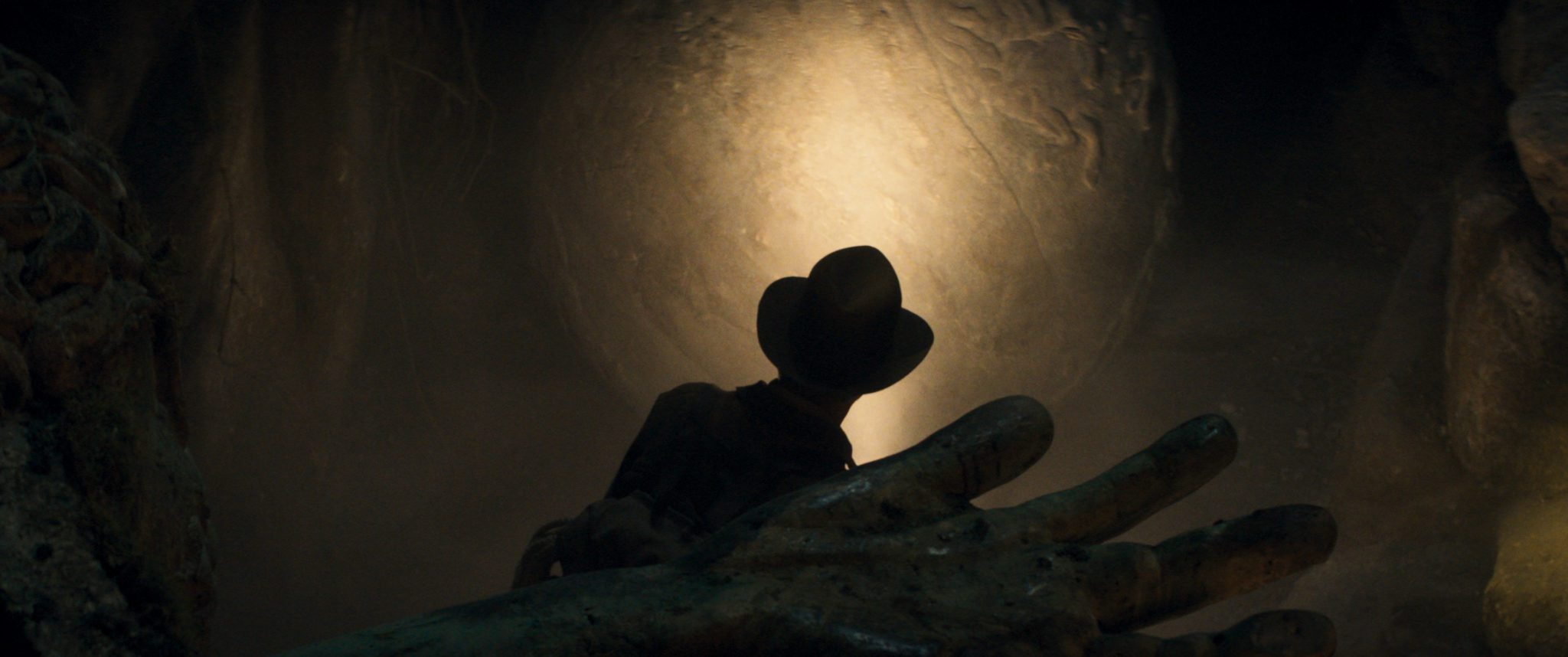
And the world he lives in now is far more complicated than when he initially began his fight against the Nazis.
Beginning after the moon landing in 1969, Dial of Destiny is set in an era of political and social unrest. On one street, they’re praising the government for landing on the moon. On the next, they’re protesting the war in Vietnam. (For a man who’s known as a war hero for fighting the Nazis, that’s a significant change.) What’s more, as a man who spent his life recovering religious artifacts, he now lives in a world where science has become the new religion. Even the students who once had ‘I love you’ written on their eyelids now sleep through his lectures. As a result, Jones simply no longer believes that he fits in the world anymore.
In essence, the man who once looked for items that ‘belonged in a museum’ has now become a ‘relic’ himself.
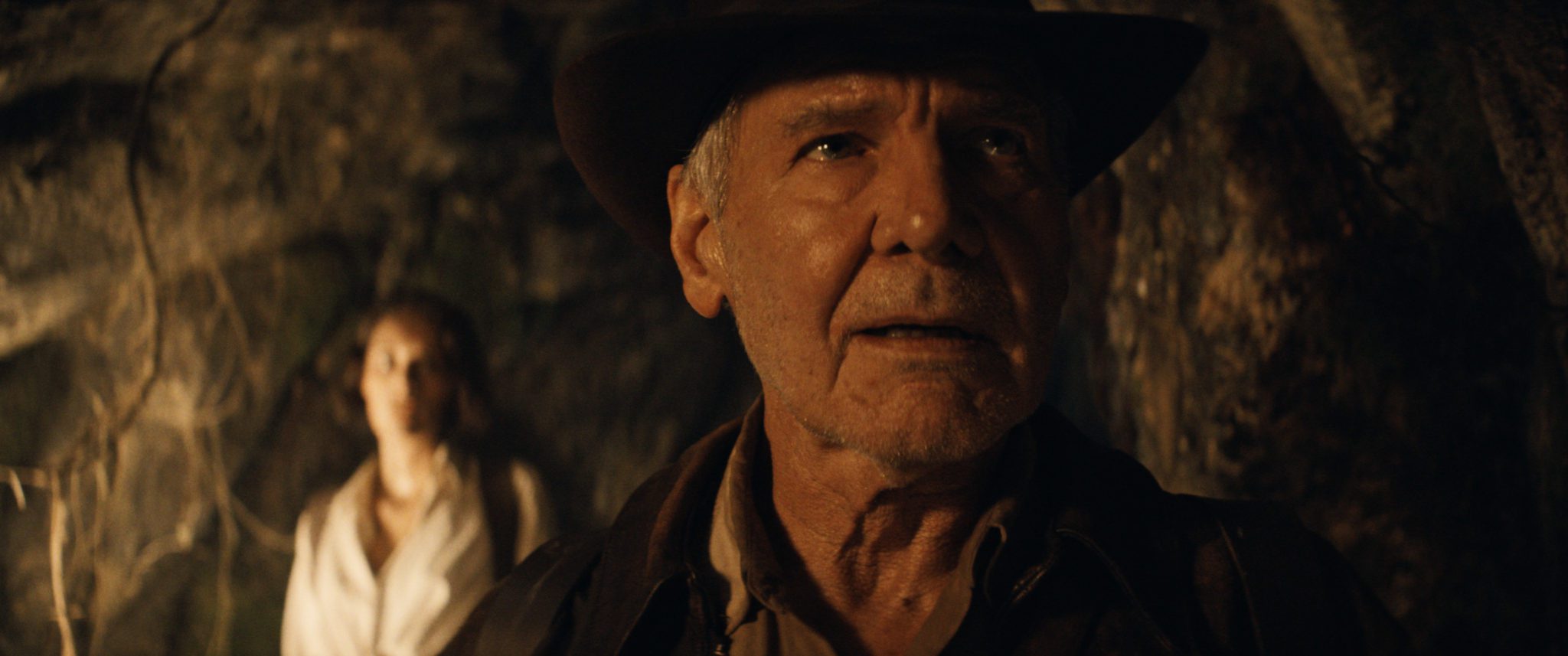
Nevertheless, Dial of Destiny never lets us take the old archeologist for granted. In fact, Jones matters to the next generation as much as he does his own. While the way that we as an audience view our heroes may have changed over the years, Destiny reminds us of the need for those who came before and even thanks them for their service. At a time when culture continues to re-examine our history through new (and, likely, better) lenses, Destiny speaks to the power of these older stories as a way to inspire the next generation to tell their own. And, in Dial of Destiny, Mangold simply wants to say thank you to Ford for all that he’s accomplished.
Admittedly, it’s fair to say the Indiana Jones and the Dial of Destiny will be a divisive entry into the beloved franchise. (After all, Raiders of the Lost Ark continues to be heralded as one of the greatest action films of all time.) But its change of tone doesn’t mean that it should be dismissed. Instead, Dial of Destiny offers a fitting, fun and beautiful finale to one of the more iconic heroes of the last generation. Ford may not be able to turn back time himself, but Destiny allows him to ride off into the sunset on his own terms in a story that is celebrates the legacy that was set before it.
Indiana Jones and the Dial of Destiny is available in theatres on Friday, June 30th, 2023.



